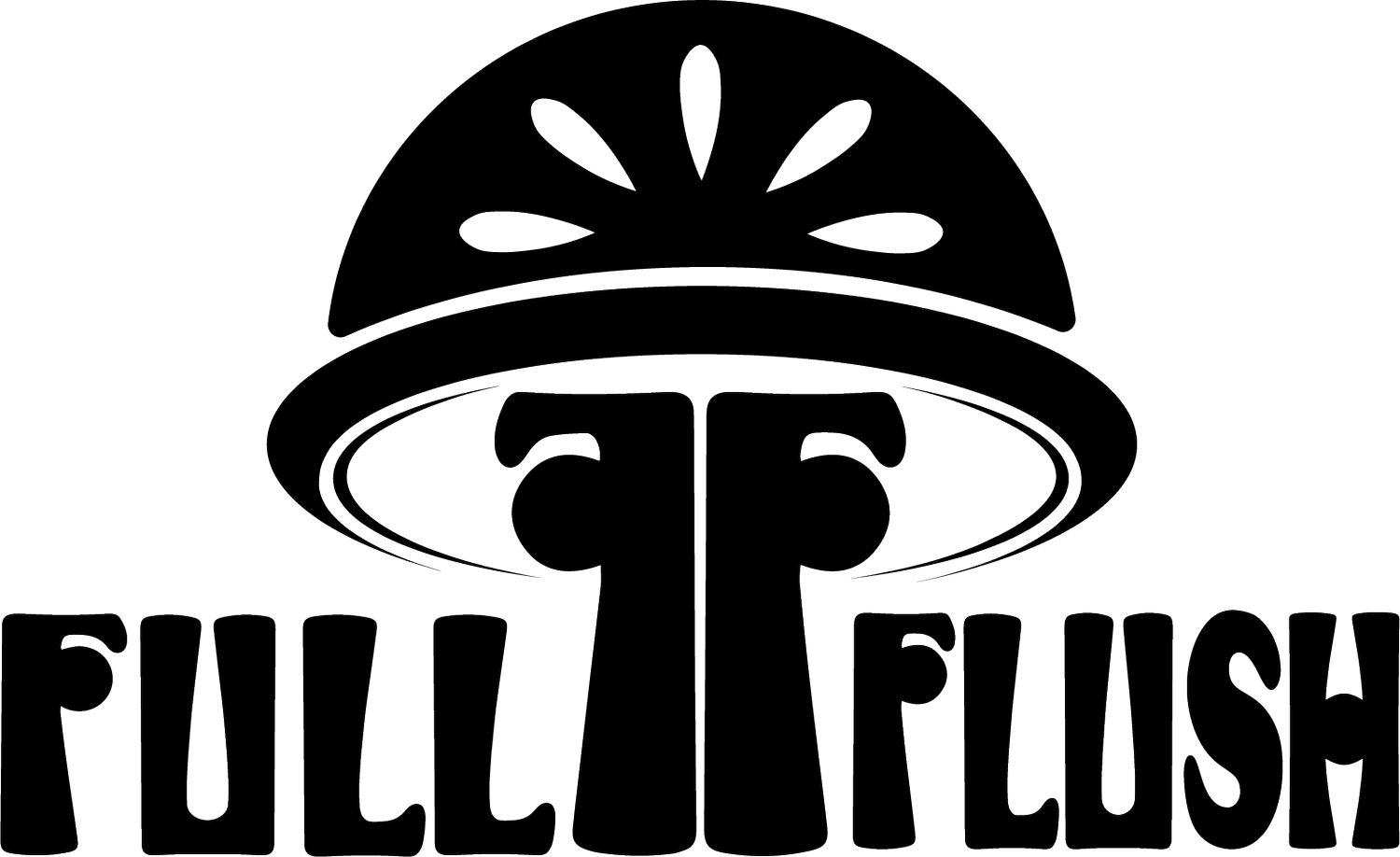Revolutionizing Depression Treatment: The Power of Psilocybin Mushrooms
In recent years, the field of psychopharmacology has witnessed a resurgence of interest in the therapeutic potential of psychedelics, particularly psilocybin, the active compound found in "magic mushrooms." This interest is fueled by promising research suggesting that psilocybin may offer significant benefits in treating depression, a condition that affects millions worldwide and often proves resistant to conventional treatments.
Understanding Psilocybin
Psilocybin is a naturally occurring psychedelic compound produced by more than 200 species of fungi. Historically used in spiritual and religious rituals, psilocybin is known for its ability to induce profound changes in consciousness, perception, and mood. In the human body, psilocybin is converted into psilocin, which influences serotonin receptors in the brain, leading to altered sensory experiences and emotional states.
Psilocybin and Depression: The Research Landscape
The renaissance in psilocybin research can be traced back to several key studies. Notably, research conducted by institutions like Johns Hopkins Medicine has been at the forefront of this exploration. These studies have shown that psilocybin therapy, often administered in conjunction with psychotherapy, can produce significant and rapid reductions in depressive symptoms.
Key Findings
Immediate and Sustained Effects: Clinical trials have demonstrated that a single dose of psilocybin can rapidly reduce symptoms of depression, with effects lasting several weeks or even months.
Treatment-Resistant Depression: Psilocybin has shown promise in treating individuals who have not responded to traditional antidepressants, offering a potential lifeline to those with few remaining treatment options.
Quality of Life Improvements: Beyond reducing depressive symptoms, psilocybin therapy has been associated with increased emotional well-being, greater life satisfaction, and improved mental health-related quality of life.
Mechanism of Action
The exact mechanism by which psilocybin alleviates depression is not fully understood, but it is believed to involve a combination of neurochemical and psychological effects. Psilocybin's interaction with serotonin receptors plays a crucial role, potentially 'resetting' brain networks associated with depression. Additionally, the profound experiences reported by patients during psilocybin sessions, often described as life-affirming or spiritually significant, may contribute to its therapeutic effects.
Safety and Considerations
While psilocybin is generally considered safe when administered in a controlled, clinical setting, it is not without risks. Potential adverse effects include transient anxiety and confusion, and its use is not recommended for individuals with a history of psychosis. The importance of a supportive setting, guided by trained professionals, is emphasized in research protocols to ensure patient safety and maximize therapeutic outcomes.
Legal and Regulatory Landscape
Despite its potential, psilocybin remains a Schedule I substance in many countries, indicating a high potential for abuse and no recognized medical use. However, this classification is increasingly being challenged by the growing body of scientific evidence supporting its therapeutic potential.
The Future of Psilocybin Therapy
As research continues to unfold, psilocybin presents a promising frontier in the treatment of depression. Its potential to offer rapid and sustained relief, particularly for those with treatment-resistant depression, positions it as a potentially revolutionary tool in mental health treatment. However, further research, larger clinical trials, and changes in legal and regulatory frameworks are necessary to fully integrate psilocybin therapy into mainstream medicine.
The medicinal effects of psilocybin mushrooms on depression represent a fascinating and promising area of study. With its potential to transform the treatment landscape for depression, psilocybin continues to garner attention and hope from both the scientific community and the public.
